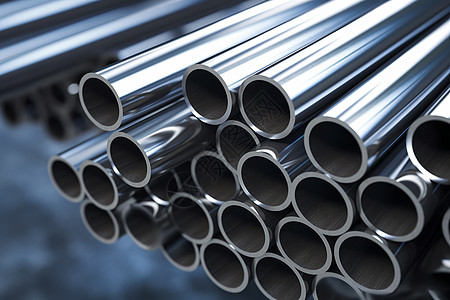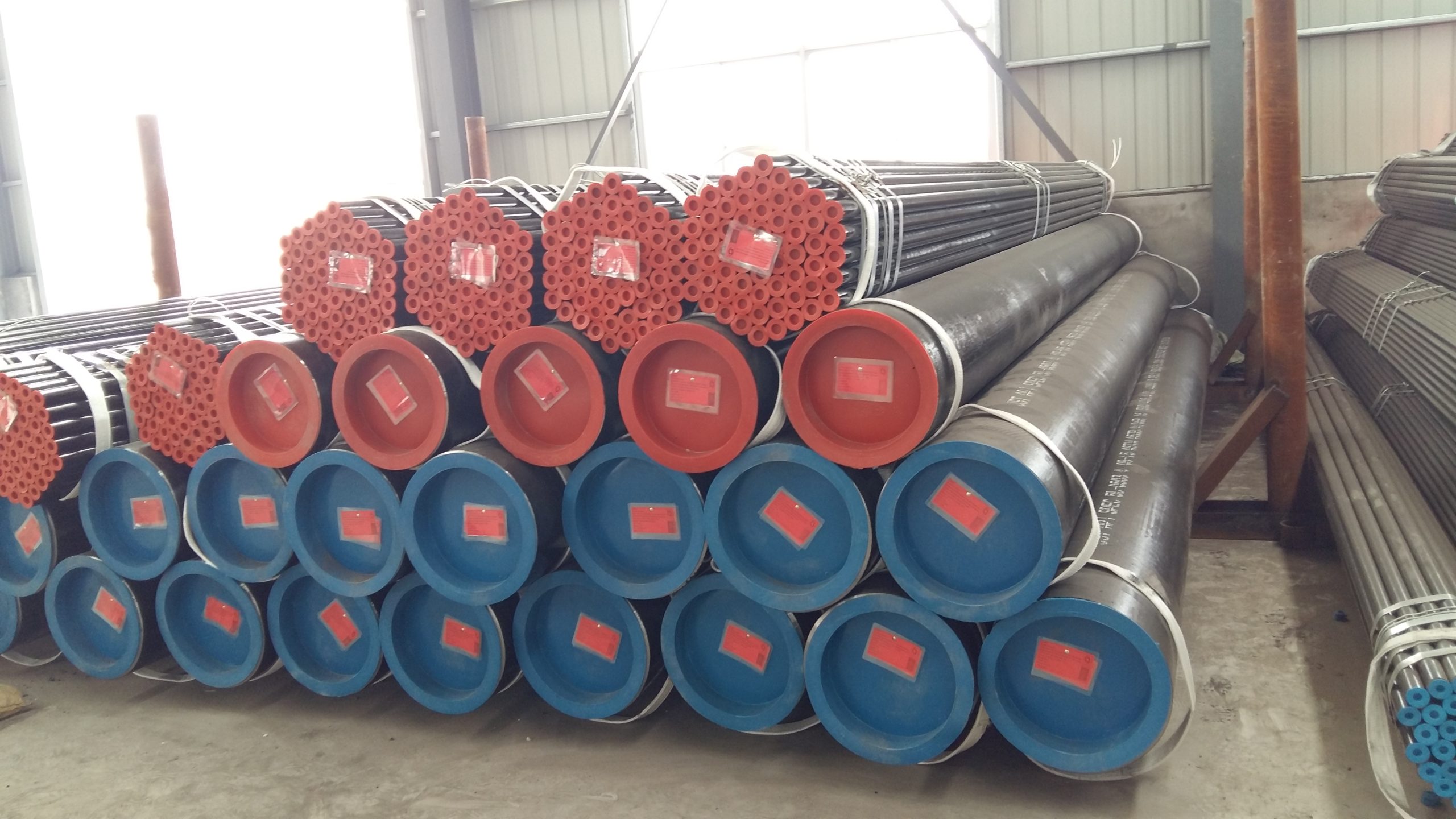Table of Contents
Benefits of Using Bendable Concrete in Construction Projects
Concrete is one of the most widely used construction materials in the world due to its strength, durability, and versatility. However, traditional concrete has a major drawback – it is prone to cracking and brittleness, especially under extreme conditions such as seismic activity or temperature fluctuations. This can Lead to costly repairs and maintenance, as well as Safety hazards for buildings and infrastructure. In recent years, researchers and engineers have been working on developing a new type of concrete that addresses these issues – bendable concrete.

Bendable concrete, also known as ECC (Engineered Cementitious Composite) or HDC (High Ductility Concrete), is a revolutionary material that offers superior flexibility and durability compared to traditional concrete. It is made by incorporating special fibers, such as Polymer fibers or steel microfibers, into the concrete mix, which helps to enhance its tensile strength and ductility. This allows bendable concrete to bend and deform without cracking, making it ideal for use in structures that are subject to high stress or movement.

One of the key benefits of using bendable concrete in construction projects is its ability to withstand extreme conditions. Traditional concrete is prone to cracking when exposed to seismic activity, temperature changes, or heavy loads. In contrast, bendable concrete can flex and deform without breaking, making it more resilient and durable in challenging environments. This can help to extend the lifespan of structures and reduce the need for frequent repairs and maintenance.
Another advantage of bendable concrete is its enhanced safety features. Cracks and brittleness in traditional concrete can pose serious safety risks, especially in high-rise buildings, bridges, and other critical infrastructure. By using bendable concrete, engineers can create structures that are more resistant to damage and failure, providing a higher level of safety for occupants and the public. This can help to prevent accidents and disasters, as well as reduce liability and insurance costs for construction projects.
In addition to its superior durability and safety benefits, bendable concrete also offers environmental advantages. The production of traditional concrete is a major source of carbon emissions, due to the energy-intensive process of mining, Transporting, and manufacturing raw materials. By using bendable concrete, which requires less Cement and has a longer lifespan, construction projects can reduce their carbon footprint and contribute to sustainability goals. This can help to meet regulatory requirements, attract environmentally conscious clients, and enhance the reputation of construction companies.
Overall, the use of bendable concrete in construction projects offers a wide range of benefits, from improved durability and safety to environmental sustainability. By incorporating this innovative material into their designs, engineers and contractors can create structures that are more resilient, cost-effective, and environmentally friendly. As the demand for stronger and more flexible building materials continues to grow, bendable concrete is poised to become a key component of the construction industry, helping to shape the cities and infrastructure of the future.
Techniques for Overcoming Brittleness in Ordinary Concrete
Concrete is one of the most widely used construction materials in the world due to its strength, durability, and versatility. However, traditional concrete has a major drawback – brittleness. Brittleness refers to the tendency of a material to fracture or break without significant deformation. This can be a serious issue in construction, as brittle concrete can lead to structural failures and safety hazards. In recent years, researchers have been working on developing new techniques to overcome the brittleness of ordinary concrete. One promising solution is the development of bendable concrete, also known as Engineered Cementitious Composites (ECC) or High Ductility Concrete (HDC).
Bendable concrete is a type of concrete that exhibits high tensile ductility, meaning it can deform significantly before fracturing. This is achieved through the use of special additives, such as polymer fibers, that improve the material’s flexural strength and toughness. The result is a concrete that can bend and stretch like rubber, making it much more resistant to cracking and spalling.
One of the key advantages of bendable concrete is its ability to withstand large deformations without losing its structural integrity. This makes it ideal for use in earthquake-prone areas, where buildings need to be able to flex and absorb energy during a seismic event. Bendable concrete can also be used in infrastructure projects, such as bridges and tunnels, where the ability to withstand heavy loads and harsh environmental conditions is crucial.
In addition to its high ductility, bendable concrete also offers other benefits over traditional concrete. For example, it has a higher tensile strength, which means it can support heavier loads and resist cracking under stress. It also has a lower water-cement ratio, which improves its durability and resistance to corrosion. These properties make bendable concrete a more sustainable and cost-effective option for construction projects.
To produce bendable concrete, special mix designs and manufacturing techniques are required. The exact composition of the concrete will vary depending on the specific application and performance requirements. In general, bendable concrete contains a higher volume of fine aggregates and a lower volume of coarse aggregates compared to traditional concrete. This helps to improve the material’s workability and reduce the risk of segregation.
Another important factor in the production of bendable concrete is the use of high-performance fibers, such as polyvinyl alcohol (PVA) or polyethylene (PE). These fibers are dispersed throughout the concrete matrix and act as reinforcement, helping to distribute stress and prevent crack propagation. The fibers also improve the material’s toughness and impact resistance, making it more suitable for dynamic loading conditions.
In conclusion, bendable concrete offers a promising solution to the problem of brittleness in ordinary concrete. By incorporating special additives and fibers, engineers can create a material that is more flexible, durable, and sustainable than traditional concrete. With its high ductility and improved performance properties, bendable concrete is poised to revolutionize the construction industry and pave the way for safer, more resilient structures.
Advantages of Using ECC and HDC Cement in Building Structures
Concrete is one of the most widely used building materials in the world due to its strength and durability. However, traditional concrete has a major drawback – it is brittle and prone to cracking under stress. This can lead to structural failures and costly repairs. In recent years, researchers have developed a new type of concrete that overcomes this brittleness – bendable concrete, also known as Engineered Cementitious Composites (ECC) and High Ductility Concrete (HDC) cement.
ECC and HDC cement are specially designed to be more flexible and ductile than ordinary concrete. This means that they can bend and deform without cracking, making them ideal for use in structures that are subject to heavy loads or seismic activity. The key to the enhanced flexibility of ECC and HDC cement lies in their unique mix design, which includes a high volume of fine fibers dispersed throughout the concrete matrix.
One of the main advantages of using ECC and HDC cement in building structures is their ability to resist cracking. Traditional concrete is prone to cracking when subjected to tensile stresses, such as those caused by temperature changes or structural loads. These cracks can compromise the integrity of the structure and lead to costly repairs. In contrast, ECC and HDC cement can deform and absorb energy without cracking, making them much more durable and long-lasting.
Another advantage of ECC and HDC cement is their high ductility. Ductility refers to the ability of a material to deform without breaking. ECC and HDC cement have much higher ductility than ordinary concrete, allowing them to absorb large amounts of energy before failing. This makes them ideal for use in structures that are subject to dynamic loads, such as bridges and high-rise buildings.
In addition to their enhanced flexibility and ductility, ECC and HDC cement also have superior durability compared to traditional concrete. The fine fibers dispersed throughout the concrete matrix help to improve the overall strength and toughness of the material, making it more resistant to wear and tear. This means that structures built with ECC and HDC cement are likely to have a longer service life and require less maintenance over time.
Furthermore, ECC and HDC cement are also more sustainable than traditional concrete. The improved durability of these materials means that they are less likely to need repairs or replacement, reducing the overall environmental impact of construction projects. Additionally, the use of ECC and HDC cement can help to reduce the amount of waste generated during construction, as less material is needed to achieve the same level of performance.
Overall, the advantages of using ECC and HDC cement in building structures are clear. These materials offer improved flexibility, ductility, durability, and sustainability compared to traditional concrete, making them an attractive option for a wide range of construction projects. By incorporating ECC and HDC cement into their designs, engineers and architects can create structures that are not only stronger and more resilient but also more environmentally friendly.
